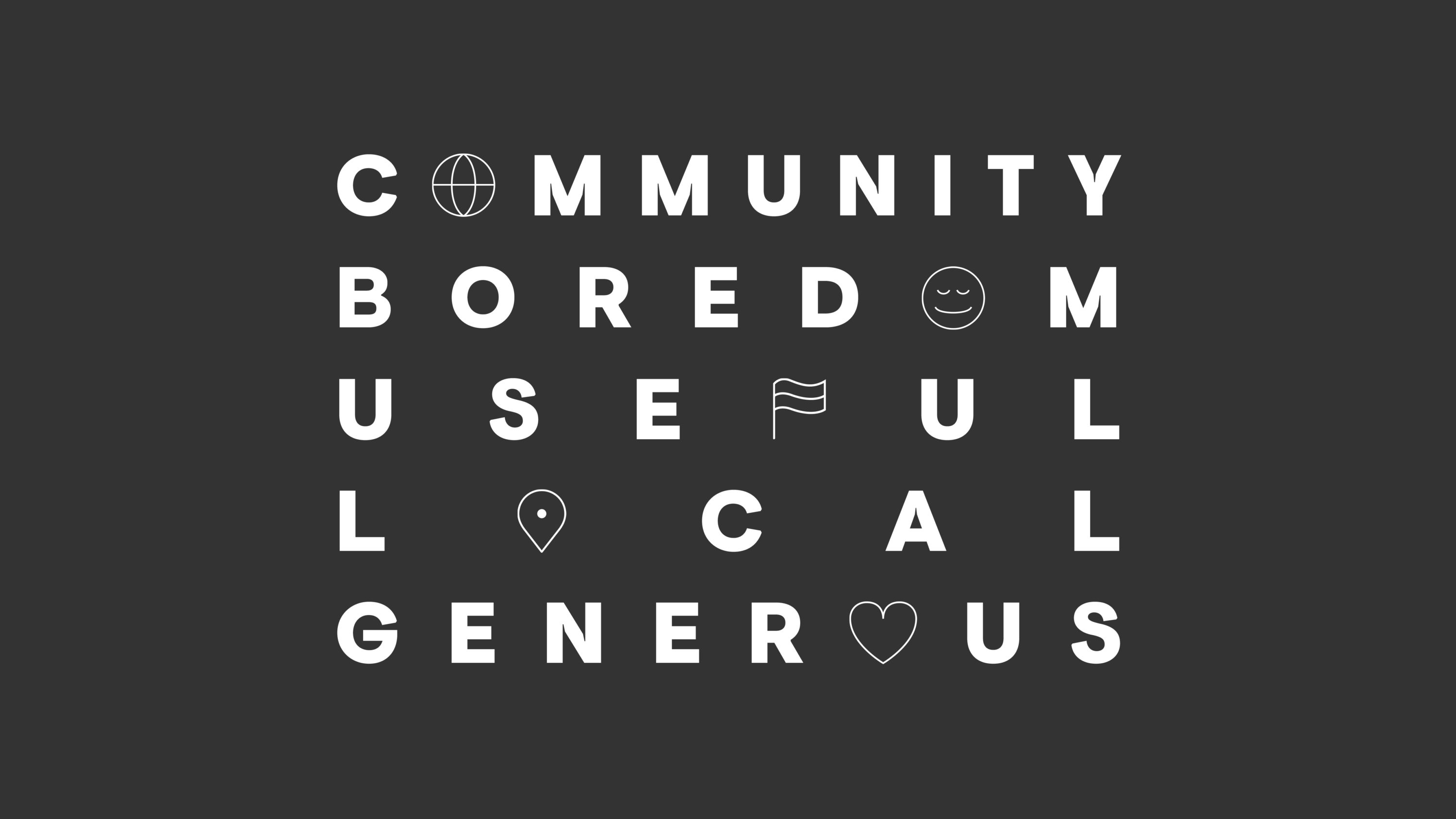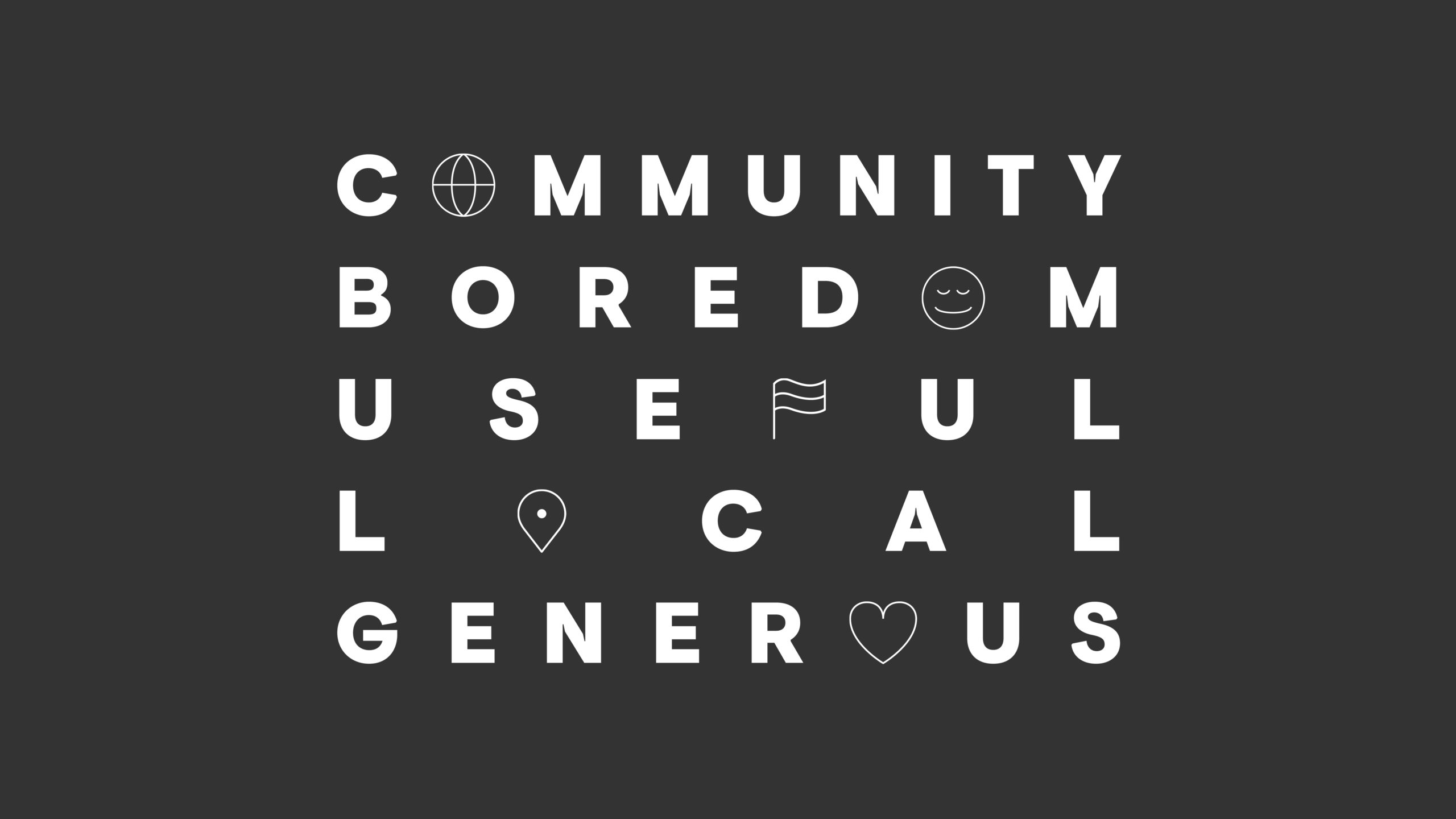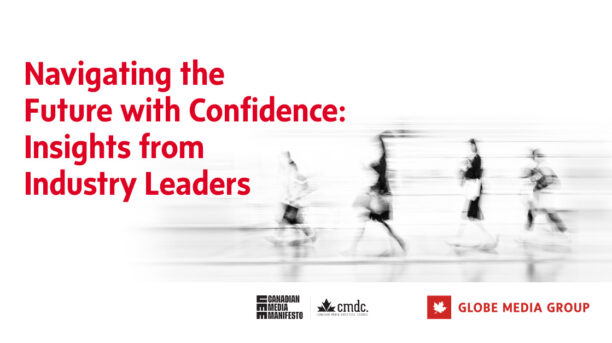
By Elana Gorbatyuk, chief strategy officer, Sid Lee
In times of crisis, as we are seeing with the COVID-19 pandemic, brands wonder how to best invest their marketing efforts, and which decisions will positively or negatively affect their business and reputations. Some things go without saying, like adjusting messaging, programs and services to support your brand role and rethinking the media mix to meet people where they actually are (i.e. online vs. in theatres or OOH). To us, those are most certainly important, but they are simply green fees; there’s a much bigger opportunity to design better strategies that drive lasting value.
As brand builders and marketing experts, we believe that when brands apply purpose to serve people, customers, and communities, everybody wins. Being proactive, useful and genuine about choices is key to having a real impact in these turbulent times. Doing so also requires organizational commitment to enable faster decision-making at every stage of the outbreak.
Cutting through the clutter, here are five behaviours every brand can adopt, and some inspiration for how brands might apply creativity to respond to this pandemic:
- BE USEFUL
- DOUBLE DOWN ON COMMUNITY
- EMBRACE BOREDOM
- GET BACK TO BEING LOCAL
- BE GENEROUS
Be useful
Think about it: people are lost and stressed out; they have flights booked at non-refundable fares; they have event tickets; they have friends and family who planned to visit and client meetings to attend. Suddenly, all these plans are in limbo. Major gatherings and events are being cancelled and sports leagues have begun to suspend their seasons. On just one day recently, 3,000 flights were cancelled around the world.1 To top it all off, instructions from the CDC such as “avoid non-essential travel” can leave room for interpretation and make it harder for people to know what to do.
In this context, ask yourself what your customers might be going through and how you can adjust policies, fares, and services to alleviate the stress and help them feel supported. What if… airlines partnered with the World Health Organization to offer live advice and automated their policy updates in accordance? What if… retailers or QSRs focused their efforts on e-commerce and made more staff available for online customer service? What if… real-estate companies organized remote tours of properties? What if… tech companies helped by offering a starter kit so people are well-equipped to work from home? What if… grocery stores created special boxed meals offered online for kids in quarantine due to school closures?
Double down on community
With 50% of Americans and 1-in-5 Canadians feeling lonely all the time even prior to the outbreak, we realize that loneliness is already a pretty severe global issue.2 When we consider that more than 10% of the world’s population is now on mandatory lockdown due to COVID-19,3 loneliness and isolation will surely worsen, triggering a real social recession. Exacerbating the issue, fear can escalate to outright rejection and hate – and it already has. “Coronaracism” is a thing and targeted communities defend themselves online with the hashtag #iamnotavirus.
Ask yourself how you can use your brand role and purpose to nurture communities and connections. If you’re a platform business, a marketplace, or an actual community centre of sorts, how are your members interacting with one another differently? What if… sports teams created and hosted virtual training sessions that grouped people stuck at home? What if… companies organized virtual happy hours for their home-bound staff to help them stay connected? What if… banks organized a support network for elderly people who can’t leave their homes? What if… cities organized special programming for targeted communities such as staycations at hotels for local citizens? What if… groceries leveraged compassionate messages to explain store restrictions for the benefit of the broader community? What if… technology brands provided connection services and equipment for hospitals in need?

Embrace boredom
Let’s face it: working from home is fun for a few days, then severe boredom sets in. People are buying into more streaming and digital content, as seen with Netflix’s sudden 12.4% spike in subscriptions, while takeaway and fast-food delivery sales rose 8.7% in February.
How might brands in other categories embrace boredom to provide entertainment and create connections? What if… a group of artists on tour pooled their efforts to host the biggest online show the world’s ever seen, and did this in collaboration with a media outlet? What if… restaurants celebrated “in-towners” by designing delivery experiences for groups of travellers who are usually on the road? What if… dating sites partnered with videoconferencing companies for better virtual dating? What if… brands created healthy quarantine competitions or challenges? (Imagine cooking competitions for families stuck at home, fun yoga challenges, dress-up parties, etc.) What if… furniture brands partnered with delivery services to bring unique items to people in quarantine to make their house feel homier?
Get back to being local
When different regions are at different stages of the pandemic, people’s concerns will be locally driven. As such, brands cannot apply a blanket “global” strategy and must adapt to local realities. Behaviourally, people will also be paying even more attention to where products are sourced and produced, and how they’re distributed.
What if… local brands reinforced the fact that they’re local? What if… global brands rethought their local presence and activities? What if… family FMCPG or toy brands created programs to connect work-from-home parents with local babysitters? What if… empty office spaces were transformed into local resource centres? And how might countries at higher risk use their country’s brand to protect and secure local businesses and citizens (made in the U.S.A., made in China, made in Italy, etc.)?
Be generous
This pandemic has already precipitated a significant drop in markets with liquidity woes, and the U.S. stocks entered into a bear market after Trump’s travel ban,5 making everybody more worried about their finances and creating instability for businesses in general.
In this context, brands and advisors in the financial industry have a definitive role to play, and in playing it, can ensure stronger relationships with customers and partners. What if… financial advisors were extra generous with thought leadership and financial strategies? What if… banks suspended fees for a short time? What if they could pause people’s mortgage payments? What if… delivery service companies and booking sites waved commission fees to help businesses that are struggling? What if… marketplaces and car food-delivery services partnered with struggling neighbourhoods like Little Italy or Chinatown for special promotions? What if… luxury brands embraced circular design faster by focusing on capsule collections for the times? What if… agencies, law firms and PR experts joined forces to offer pro bono expert counsel to NGOs or SMBs in need?
History has proven we are resilient, and with collective efforts, this too shall pass. What matters is how we all use our powers and voices to demonstrate empathy, because that creates a lasting impact for our communities. But getting it done takes courage and commitment. As brands and businesses, think about how you might organize for this with cross-functional teams, virtual war rooms, and clearer paths for decision-making.
Sources:
(1) Flightaware
(2) Fortune, 2018 / CBC, 2019
(3) NYT, 2020
(4) The Guardian, March 10
(5) CNN Business, March 12
Sid Lee is a member of the Institute of Communication Agencies. Report on Marketing is where leading Canadian agencies showcase their insights, cutting-edge research and client successes. The Report on Marketing provides a valuable source of thought leadership for Canadian marketers to draw inspiration from. Find more articles like this at the Report on Marketing.
See all Ideas & Insights



